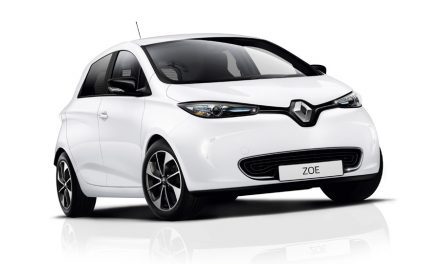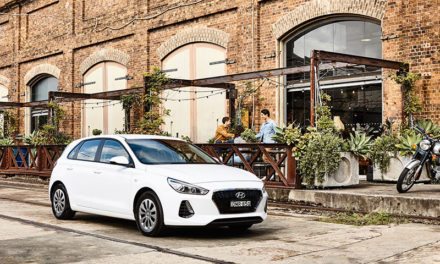The modern urban landscape is in the throes of a transportation revolution, and at the heart of it is micro-mobility, an emerging trend that’s reshaping how we move within our cities. From electric scooters to e-bikes, new forms of micro-mobility are making commuting more efficient, eco-friendly, and fun.
Micro-mobility, defined as small, often electric or hybrid vehicles, is rapidly gaining traction in cities worldwide. The rise in popularity of these nimble, versatile forms of transport is a response to the growing need for convenient, efficient, and environmentally friendly alternatives to traditional car-based commuting.
E-bikes, which come with an electric motor to assist pedalling, are another fast-growing segment in micro-mobility. They are expanding the biking demographic to include those who may be put off by the physical exertion or hilly topography. With e-bikes, commuters can travel longer distances faster and without breaking a sweat, making them an increasingly popular choice for commuting.
The rise of micro-mobility is also transforming the urban environment. With fewer cars on the road, cities can re-imagine their infrastructure. More space can be dedicated to bike lanes and pedestrian areas, making cities greener, more vibrant, and more livable.
Moreover, the shift towards micro-mobility is playing a significant role in reducing carbon emissions. By replacing short car journeys, which are notoriously inefficient and polluting, with electric scooters and e-bikes, cities can make substantial progress towards their climate goals.
However, the rise of micro-mobility is not without challenges. Safety concerns, regulatory issues, and the need for infrastructure adaptations are all part of the growing pains of this transportation transformation.
Despite these hurdles, the trend towards micro-mobility is poised to continue. As cities strive to reduce congestion, cut emissions, and improve livability, micro-mobility solutions like e-scooters and e-bikes are likely to become increasingly integrated into our urban transportation ecosystems.
The rising popularity of micro-mobility is a testament to our collective desire for a greener, more efficient, and more sustainable urban future. As we redefine urban commuting, we’re not just changing how we get from A to B – we’re shaping the cities of tomorrow.








